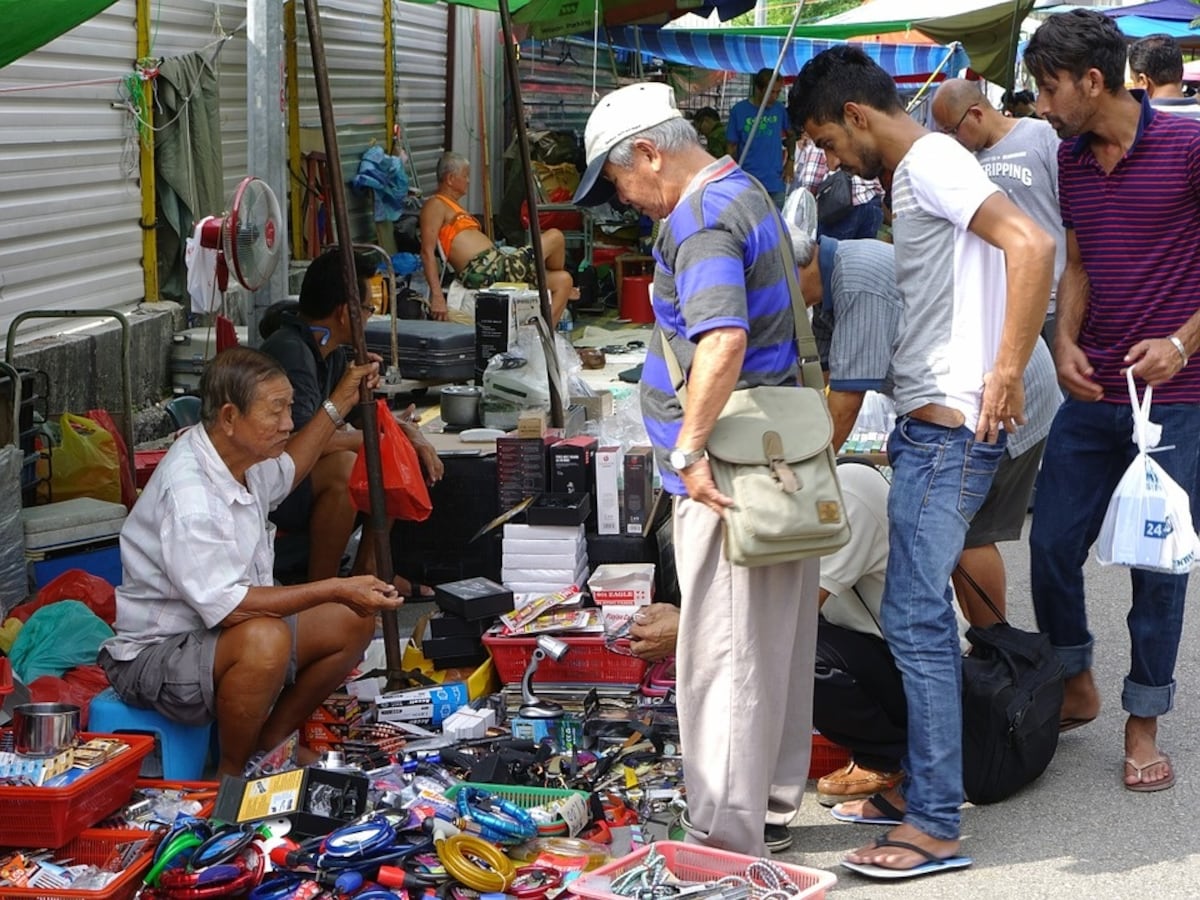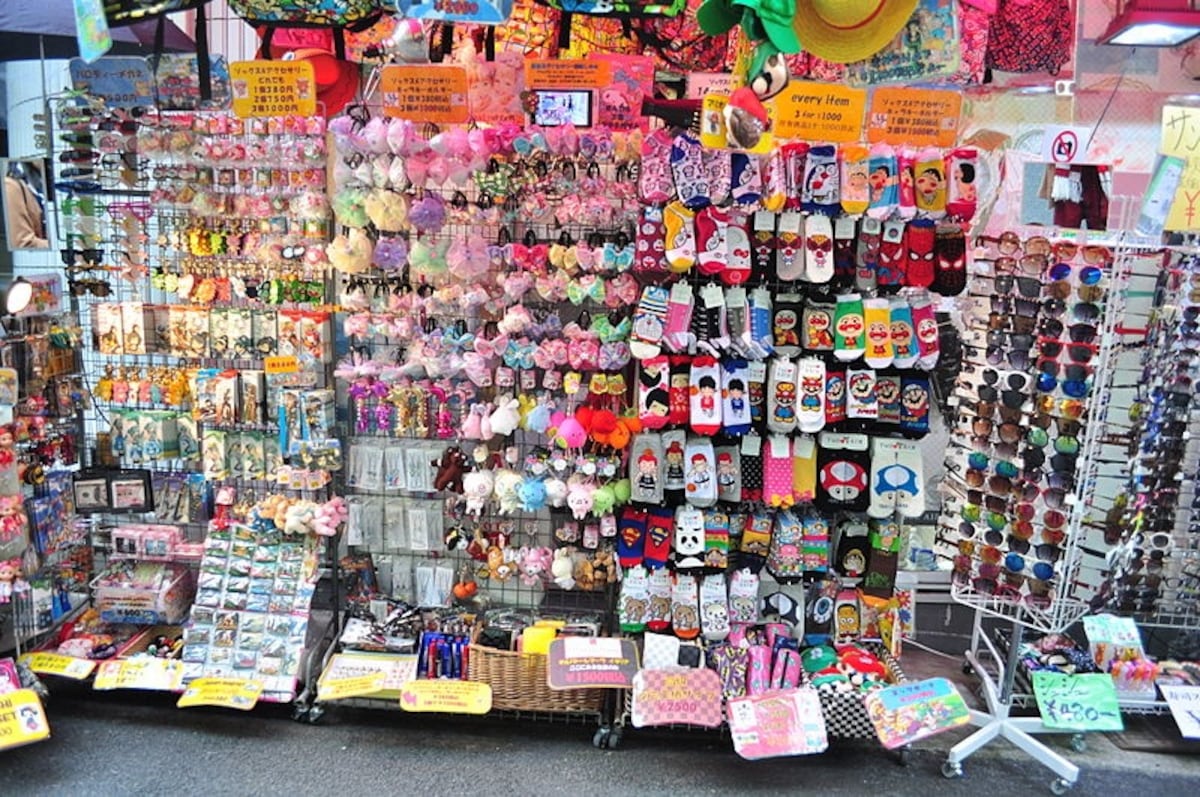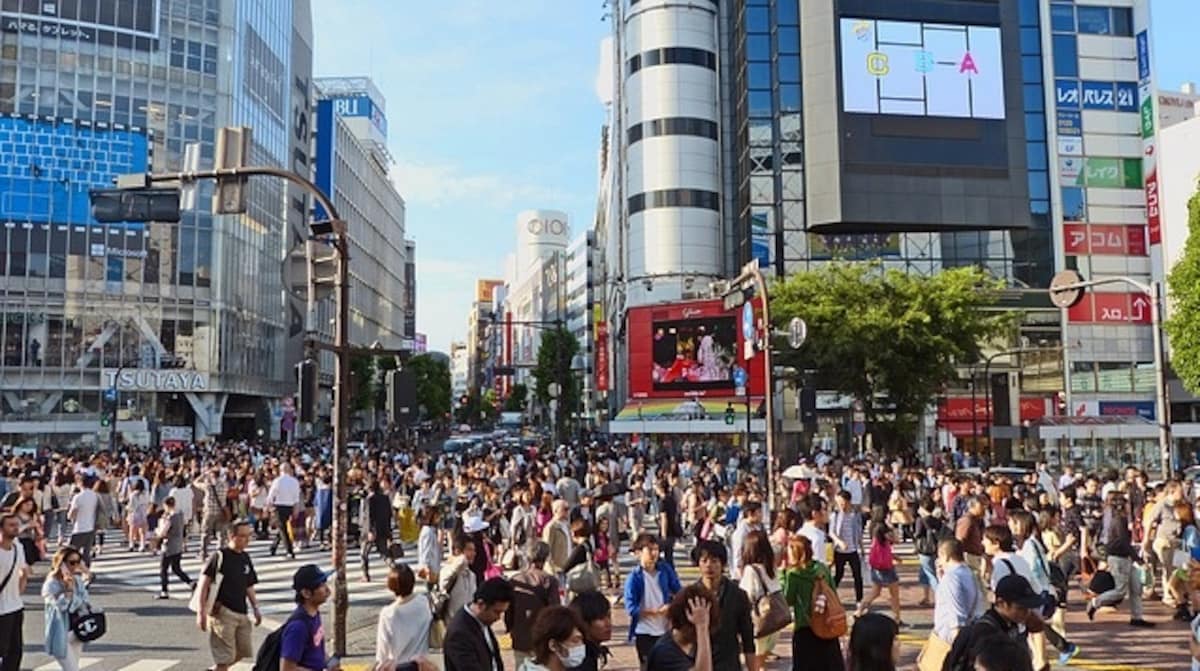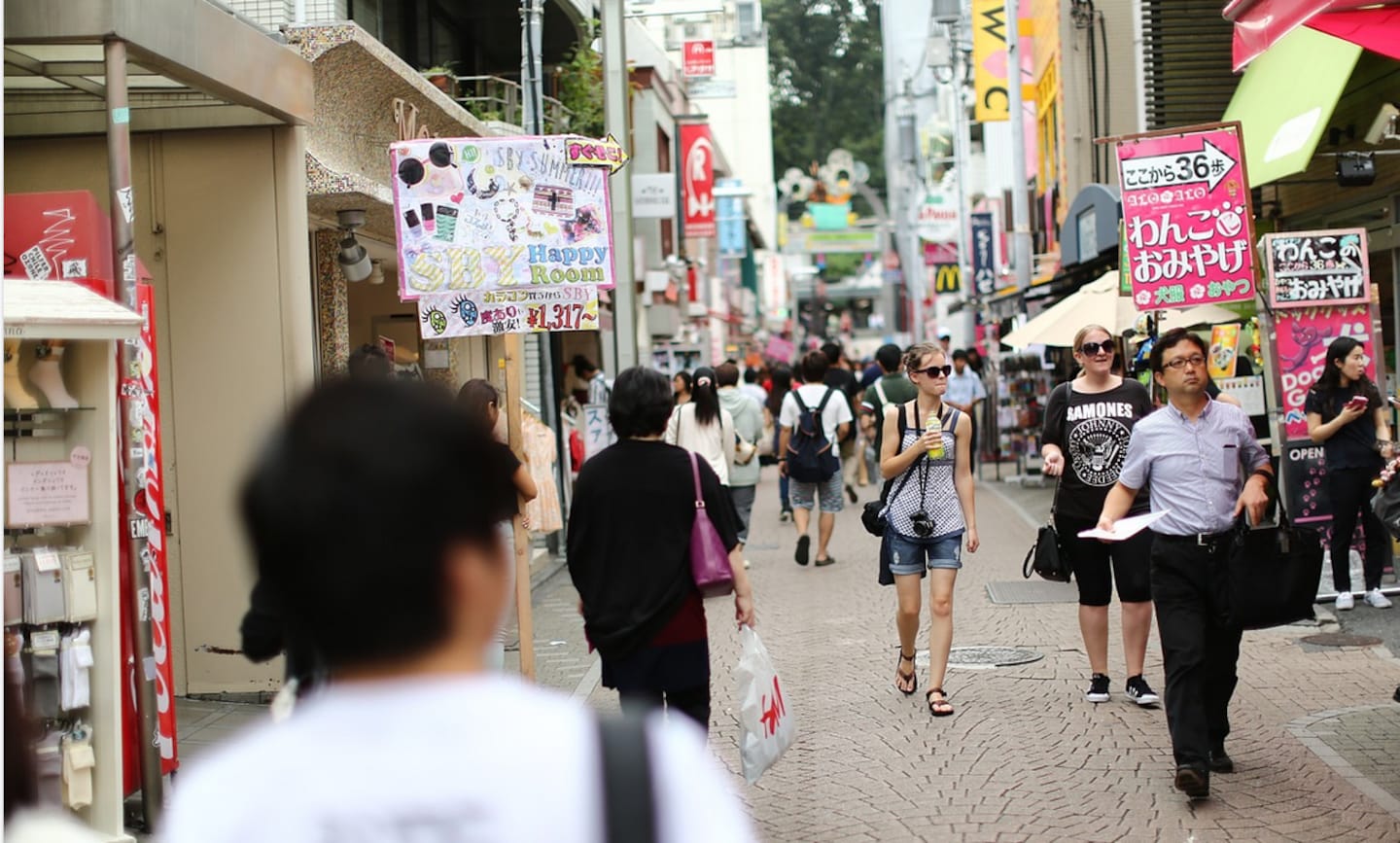Tokyo Dirt-Cheap Clothes Shopping Tour
Tokyo is one of the worldwide capitals of fashion, home to many high-end stylists. But if your wallet isn't as big as you'd like, there are still places you can visit to get both new and secondhand clothes on the cheap.
Ready for the tour?
Stop 1: Flea Markets

https://pixabay.com/ja/%E3%83%95%E3%83%AA%E3%83%BC-%E3%83%9E%E3%83%BC%E3%82%B1%E3%83%83%E3%83%88-%E5%B8%82%E5%A0%B4-%E9%AA%A8%E8%91%A3%E5%93%81-%E3%82%B8%E3%83%A3%E3%83%B3%E3%82%AF-%E3%83%93%E3%83%B3%E3%83%86%E3%83%BC%E3%82%B8-%E8%B2%A9%E5%A3%B2-433704/
Depending on the day you choose for your shopping tour, you might be able to start hunting at one of Japan’s many flea markets. These are good places if you like digging—a.k.a., the art of wading through a pile of clothes to snatch that one deal!
There are several flea markets in the Tokyo area. One of the biggest and most popular is the Ohi Racecourse Flea Market, which can be reached from Oimachi Station, and happens every Saturday and Sunday from 9 a.m. to 3 p.m. It doesn’t just have clothes, but also all kinds of furniture and knickknacks.
Mottainai Flea Market, part of the Mottainai ("avoiding waste") recycling movement, focuses only on clothing. However, the schedule and locations tend to be pretty erratic, with multiple venues around Tokyo from Akihabara to Gotanda. It's best to check out the schedule page for details (it's only in Japanese, but it should be easy enough to figure out dates and locations).
Another big market, with some 200 vendors, can be found in the heart of Tokyo at Shinjuku Chuo Park. It's open from 10 a.m. to 3 p.m. (closed in case of rain), but once again, the schedule is quite irregular: check this page under 直近開催 ("Chokkin Kaisai," which roughly translates as "immediate events").
If you can read Japanese, we also recommend checking Recycler.jp or Tokyo Recycle for a list of flea markets in Tokyo and the surrounding prefectures.
Stop 2: Harajuku

https://commons.wikimedia.org/wiki/File:Harajuku_-_Takeshita_Street_09_(15738005881)_(2).jpg
Some might be grossed out by the idea of using other people's clothes, but keep in mind that in Japan, second-hand clothes tend to be in very good shape when they're given up by their previous owners. It might have something to do with Japanese houses being small and closets being even smaller, but given how fashion-conscious Japanese young people tend to be, clothes often aren't worn much before they need to make way for the new!
Flea markets tend to close early in the afternoon, so once you've gotten your first shopping fix, pick up your bags and head to the trendy heart of Tokyo: Harajuku! If you're a total cheapo, Harajuku might seem expensive, but there are a few secrets that will make the trip totally worth your while.
First of all, most shops on Takeshita Dori (Takeshita Street) will have a small corner dedicated to items on sale. It might not be obvious from the outside, but once you enter the shop you should be able to find it—so don't be afraid to explore! My personal best find on Takeshita Dori was a brand new bag for ¥300!
One chain worth visiting is the 390 Mart (read "Sankyuu Mart," or "Thankyoumart"). This shop takes its name from the fact that everything inside is priced at ¥390. It's a very good stop for tote bags, cute socks, basic T-shirts and hats, and you can even take a look at their online shop on Rakuten. The Takeshita Dori stores have a section dedicated to cheap denim shorts and secondhand T-shirts, also for ¥390.
If you're into cute tights, cosplay and Lolita shoes, try to visit Bodyline. This shop mainly caters to the Lolita crowd, though its dresses tend to be frowned upon as "cheap" compared to established brands. However, the shop also has a quite large section of unique tights, with prices that go as low as ¥200, and decent Lolita-esque and punk-ish shoes and boots for around ¥3,000. They also occasionally have clearance sales on collections—my best catch was a pair of shoes for ¥500!
Your final stop in Harajuku is a secondhand shop called Kinji, located on Meiji Dori (Meiji Street). Kinji caters more to the "alternative" and young crowd, but it also has fashionable clothes for everyone. While the quality usually isn't stellar, the prices go as low as ¥400 for miniskirts, T-shirts and cardigans. Kinji tends to have better options in winter, as lighter pieces of clothing often get ruined easily and don't make such good secondhand items.
Finally, try to go to Harajuku on a rainy day! To encourage customers to step out of their homes and spend money, shops often have temporary sales going up to 20 percent off!
Stop 3: Shibuya

https://pixabay.com/ja/%E6%97%A5%E6%9C%AC-%E6%9D%B1%E4%BA%AC-%E6%B8%8B%E8%B0%B7-%E5%BB%BA%E7%89%A9-%E7%BE%A4%E8%A1%86-%E4%BA%BA-%E3%82%B7%E3%83%A7%E3%83%83%E3%83%94%E3%83%B3%E3%82%B0-%E9%81%93%E8%B7%AF-251545/
From Harajuku, you can walk your way to Shibuya on Meiji Dori and continue your bargain-hunting adventure!
We have two stops here: the first one is Bingo, a secondhand clothes shop that's part of the Book Off chain, which sells secondhand video games, CDs, books, manga and so on. Bingo has a wide selection of domestic and foreign brands (which means larger sizes available), and the cheapest of the cheap can be found in the sales racks scattered around the store. Bingo is located in the basement of the same building that hosts the Shibuya Book Off branch.
Your second stop in Shibuya is Don Don Down on Wednesday, right behind the more expensive Zara. As the peculiar name reveals, in this used clothing shop prices gradually lower every Wednesday, until they get to the ¥100 level! The question is, how long are you willing to wait and risk losing your precious item to someone else?
Now, if you'd like some new clothes instead of old ones, then the following two destinations are for you!





